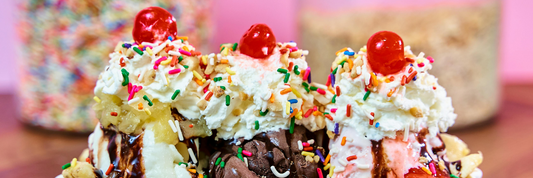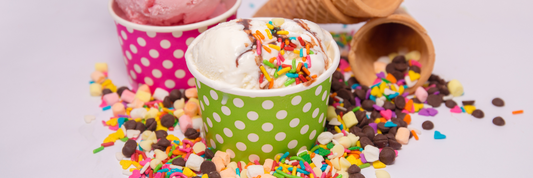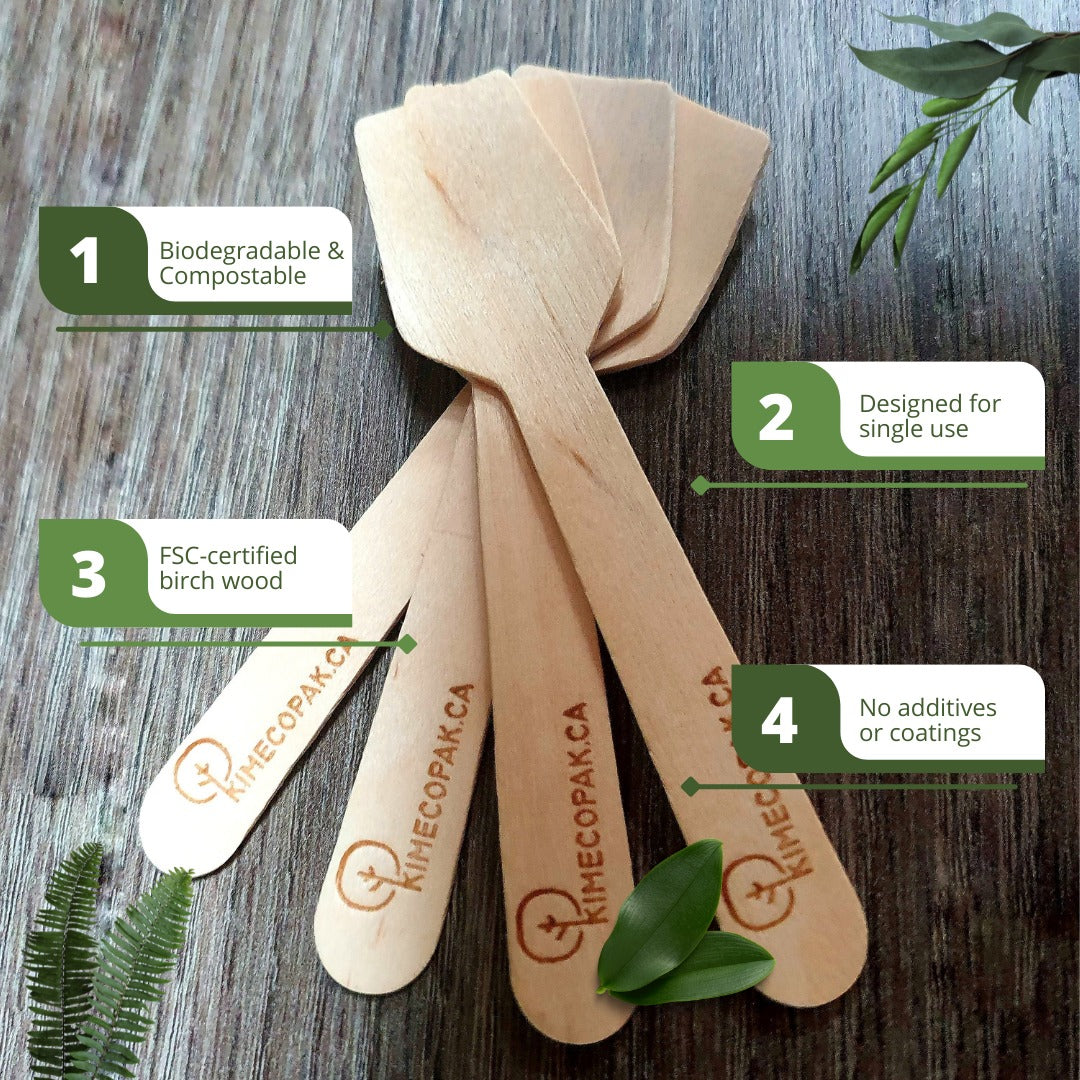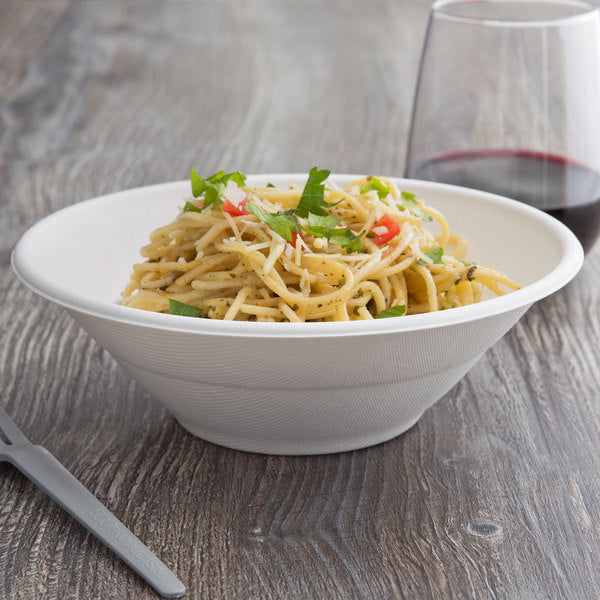Making apple cider at home can be a rewarding and enjoyable experience, allowing you to create a beverage tailored to your taste. This detailed guide covers everything you need to know about making apple cider, from selecting ingredients to troubleshooting common issues.
What Is Apple Cider?
Apple cider is a non-alcoholic beverage made from freshly pressed apples. It is typically unfiltered and may contain bits of apple pulp, giving it a cloudy appearance. While delicious when served cold, apple cider can also be heated and spiced with cinnamon for a warm, cozy drink. Additionally, apple cider can be fermented to produce hard cider.

Apple Cider vs. Apple Juice
Here is a comparison between apple cider and apple juice:
| Feature | Apple Cider | Apple Juice |
|---|---|---|
| Production | Made from freshly pressed apples | Made from filtered and pasteurized juice |
| Pulp Content | May contain bits of apple pulp | Does not contain pulp |
| Appearance | Typically unfiltered and cloudy | Clear and transparent |
| Serving Method | Often served hot and spiced | Usually served cold |
| Taste | Sweet and tangy | Sweeter |
Ingredients and Equipment
Ingredients:
-
5-6 gallons fresh apple juice
-
Sugar (optional, for sweetening)
-
Cider yeast or champagne yeast
-
Campden tablets (optional, for sterilization)
-
Yeast nutrient (optional)
Equipment:
-
Primary fermenter (food-grade plastic bucket or glass carboy)
-
Airlock and bung
-
Hydrometer (for measuring specific gravity)
-
Sanitizer (e.g., Star San)
-
Siphon tubing
-
Bottles and caps/corks
-
Bottle capper or corker
-
Funnel
Step-by-Step Cider Making Process
Step 1: Juice Selection
-
Fresh Juice: Use freshly pressed apple juice for the best flavor. If using store-bought juice, ensure it has no preservatives.
-
Apple Varieties: A blend of sweet, tart, and aromatic apples yields the best results. Popular choices include Granny Smith, Honeycrisp, and Gala.
Step 2: Sterilization
-
Sanitize Equipment: Thoroughly clean and sanitize all equipment to prevent contamination.
-
Sterilize Juice (optional): Add Campden tablets (one per gallon) to the juice and let it sit for 24 hours to kill any wild yeasts and bacteria.
Step 3: Primary Fermentation
-
Transfer Juice: Pour the apple juice into the primary fermenter using a funnel.
-
Check Specific Gravity: Use a hydrometer to measure the starting specific gravity (SG). The ideal SG is around 1.050-1.060.
-
Add Yeast: Sprinkle yeast over the surface of the juice. Add yeast nutrients if using.
-
Fermentation Setup: Attach the airlock and bung to the fermenter. Store in a cool, dark place (60-75°F).
Step 4: Fermentation Monitoring
-
Signs of Fermentation: Bubbles in the airlock and froth on the surface.
-
Duration: 1-2 weeks, depending on temperature and yeast activity.
-
Completion: Fermentation is done when bubbling stops and specific gravity stabilizes around 1.000 or lower.
Step 5: Racking
-
Use sanitized siphon tubing to transfer the cider from the primary fermenter to a secondary fermenter, leaving sediment behind.
-
Attach an airlock to the secondary fermenter.
Step 6: Secondary Fermentation
-
Duration: Several weeks to months, depending on desired flavor and clarity.
-
Storage: Keep in a cool, dark place.
Step 7: Sweetening (Optional)
-
Back Sweetening: Add sugar or apple juice concentrate to taste.
-
Prevent Fermentation: Add potassium sorbate to prevent renewed fermentation.
Step 8: Bottling
-
Sanitize Bottles: Clean and sanitize bottles, caps, or corks.
-
Siphon: Carefully siphon cider into bottles, leaving about an inch of headspace.
-
Seal: Cap or cork the bottles.
-
For Sparkling Cider: Add priming sugar (1 teaspoon per bottle) before sealing.
Step 9: Conditioning
-
Aging: Store bottles in a dark, cool place for at least a few weeks to allow flavors to mature.
-
Carbonation Check: If priming sugar was added, check carbonation after 1-2 weeks.
Troubleshooting Common Issues
Fermentation Not Starting?
-
Check if the juice contains preservatives.
-
Ensure proper yeast activation.
-
Maintain ideal fermentation temperature (60-75°F).
Cider Tastes Too Dry?
-
Back sweeten with sugar or apple juice concentrate.
-
Use a yeast strain that leaves residual sweetness.
Cloudy Cider?
-
Allow more aging time for sediment to settle.
-
Use a fining agent like gelatin.
Off-Flavors?
-
Sanitize all equipment properly.
-
Avoid high fermentation temperatures.
Apple Cider Recipes
Basic Hard Cider Recipe
Ingredients:
-
5 gallons fresh apple juice
-
1 packet cider yeast or champagne yeast
-
5 Campden tablets (optional)
-
Yeast nutrient (optional)
Instructions:
-
Sanitize all equipment.
-
Pour apple juice into the fermenter.
-
Add Campden tablets (if using) and wait 24 hours.
-
Sprinkle yeast and add yeast nutrients (if using).
-
Attach airlock and ferment for 1-2 weeks.
-
Rack into a secondary fermenter and age for several weeks to months.
-
Bottle, cap, and condition for at least two weeks before drinking.
Sweet Cider Recipe
-
Follow the basic hard cider recipe.
-
After secondary fermentation, add sugar syrup (1 cup sugar dissolved in 1 cup water) to taste.
-
Add potassium sorbate to prevent fermentation of added sugar.
-
Bottle and condition as per the basic recipe.
Hot Apple Cider
Ingredients:
-
10 apples
-
1/2 to 1 cup of sugar
-
4 Tablespoons cinnamon
-
4 Tablespoons allspice
-
16 cups water
-
1/2 cup caramel sauce (optional)
Instructions:
-
Quarter apples and remove the core.
-
In a large pot, add apple slices and water.
-
Add spices and sugar, then simmer for two hours.
-
Strain through a fine-mesh sieve.
-
Add caramel sauce for caramel apple cider.
-
Serve warm.

Conclusion
Making apple cider at home is a gratifying process that allows for customization and creativity. By following these steps and troubleshooting tips, you can craft a delicious cider suited to your taste. Enjoy the journey of cider making and savor the fruits of your labor!
Related Articles:








